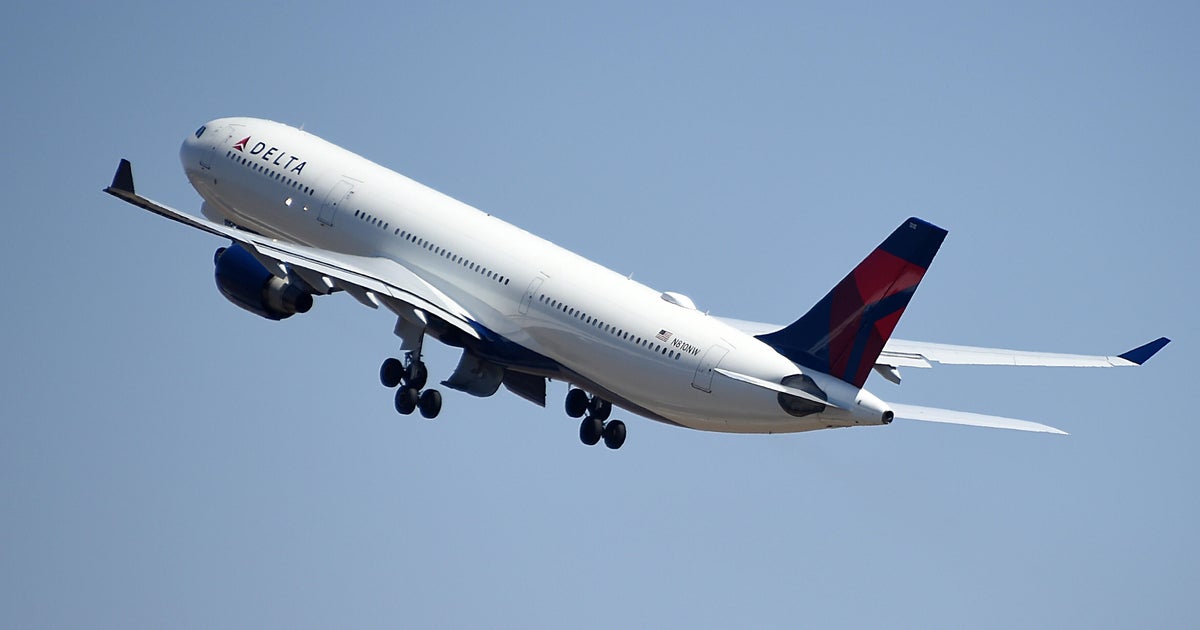The United States is facing a shortage of approximately 3,000 air traffic controllers as many trainees quit before completing their certification, contributing to travel delays at airports across the country this summer.
The Federal Aviation Administration’s training facility in Oklahoma City serves as the sole location where the agency trains new controllers, but the program faces significant challenges with about 35% of students failing to complete the intensive three-month course. If someone fails, they are not eligible to try again, according to Chris Wilbanks, who oversees training and the FAA’s efforts to address the controller shortage.
“It’s one and done,” Wilbanks said.
The FAA is working to reduce its training washout rate by adding a mentoring program to help students during their roughly three months at the FAA training center.
The agency has also streamlined the application process, and expects more than 2,000 students this year — the most ever.
However, a CBS News data review found that more than 90% of air traffic control towers in the U.S. are understaffed.
How the training program works
The training program includes traditional methods such as tabletop exercises where students use handheld model planes to simulate air traffic scenarios — a technique that may appear outdated but remains effective, according to Wilbanks.
“It slows things down for them. It gives them an opportunity to learn the airspace,” Wilbanks said.
The FAA is modernizing its approach with immersive tower simulators installed at 95 facilities nationwide, reducing controller certification time by 27%. These simulators allow for real-time training scenarios that can be implemented within a week of actual events occurring.
Training exercises demonstrate the complexity of air traffic control, with controllers managing multiple aircraft simultaneously, some circling, others taxiing for takeoff, and others approaching to land. Precision in communication is crucial, since a single missing word in radio transmissions can create significant safety concerns.
“That is an absolute crucial part to the training. It slows things down for ’em. It gives ’em an opportunity to learn the airspace,” said Wilbanks.
The FAA is also expanding a program to eight colleges, allowing students to complete basic air traffic control training at their schools rather than traveling to Oklahoma City.
Even after completing initial training, new controllers face an additional two years or more of on-the-job training before achieving full certification, highlighting the lengthy process required to address the current shortage.
Source link

